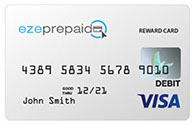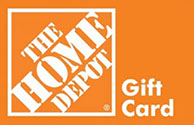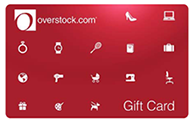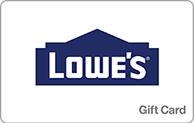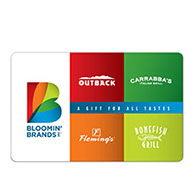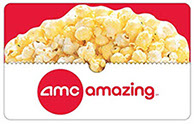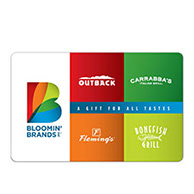What is a Digital Promotion?
Unlocking the Power of Digital Promotions
Digital promotions, also known as point-of-purchase (POP) promotions, are a popular marketing strategy used by businesses to drive sales and increase brand awareness. These types of promotions are designed to target customers at the point of purchase, using digital displays, mobile apps, and other technology to provide customers with instant access to discounts, coupons, and other incentives.
One of the main advantages of digital promotions is the ability to target specific audiences and personalize the customer experience. For example, businesses can use data analytics to identify the demographics of their target audience and tailor their promotions accordingly. This can help to increase the effectiveness of the promotions and boost customer engagement. Additionally, businesses can use digital promotions to create a sense of urgency and drive impulse purchases. This can be achieved by offering limited-time deals and discounts that are only available for a short period of time.
Digital promotions also provide businesses with the ability to track and measure the success of their campaigns in real-time. This allows them to make adjustments and optimize their campaigns as needed to achieve their desired results. This can be done through the use of digital analytics platforms and tools that allow businesses to track clicks, conversions, and ROI of their campaigns.
Another advantage of digital promotions is the ability to offer customers a seamless and convenient shopping experience. This can be achieved through the use of mobile apps, QR codes, and other technology that allows customers to access promotions and discounts quickly and easily. This can be done by creating mobile optimized website or using mobile apps that are easily accessible to the customers.
Overall, digital promotions are a powerful tool for businesses looking to increase sales and improve customer engagement.
Contact Sales
Want more information about Ezeprepaid? We're happy to help! We provide quick-to-market prepaid and gift card solutions customized to meet your company’s needs.
"*" indicates required fields



